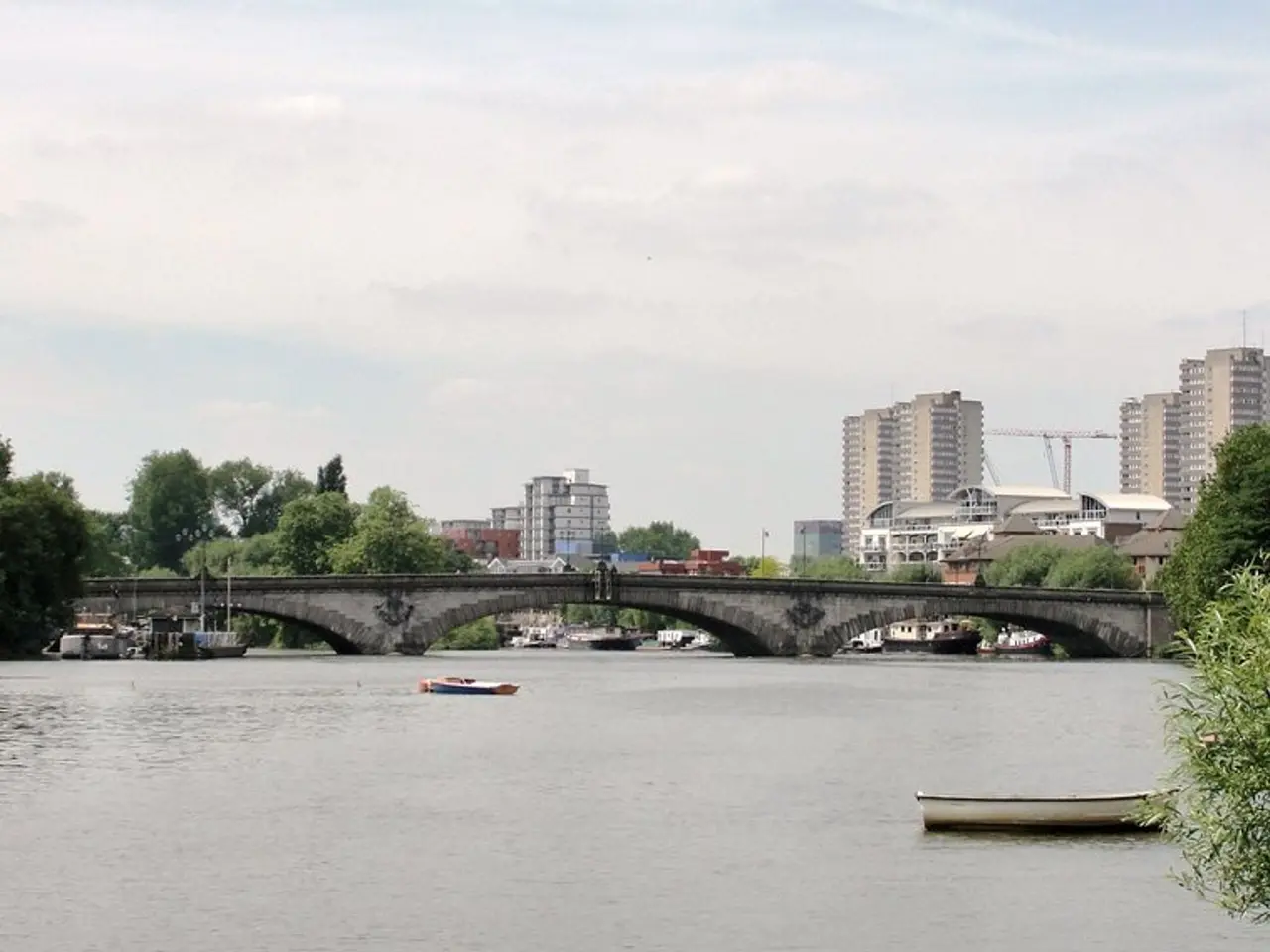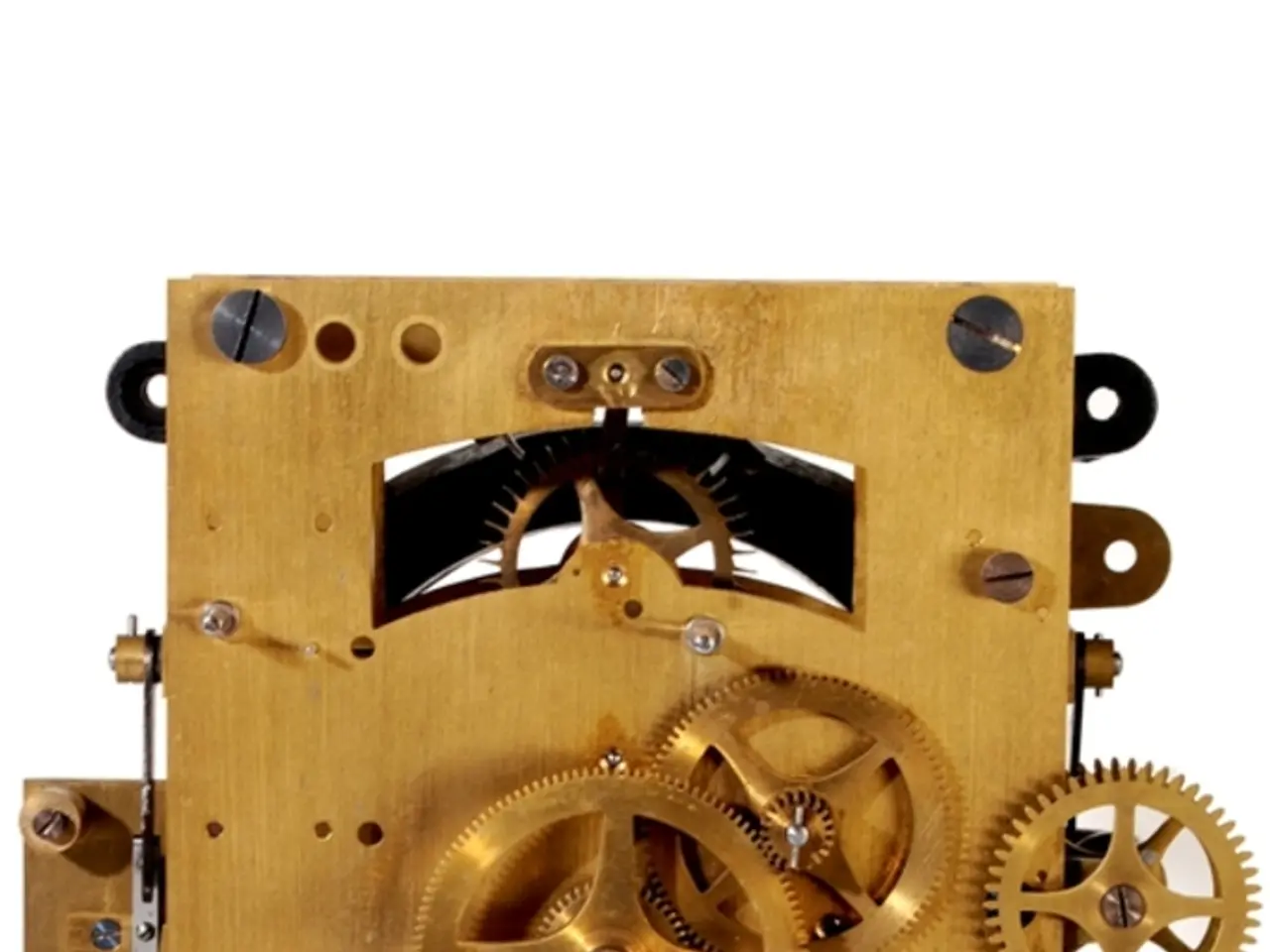Uncovering the Subaquatic Prospector: A Robot Revolutionizing Underwater Artifact Expeditions
In the depths of the ocean, where history lies submerged beneath the waves, advanced technology is transforming the way we explore and uncover our past. Robot-archaeologists, equipped with autonomous underwater vehicles (AUVs) and remotely operated vehicles (ROVs), are revolutionising the discovery and documentation of hidden marine treasures.
These robotic systems are designed to operate in extreme conditions, navigating tricky terrains and harsh environments where human divers cannot safely venture. They can dive to depths of up to 3,000 meters below the surface for prolonged periods, making the deep ocean more accessible than ever before [1][2][4].
Equipped with high-resolution cameras, imaging sonar, multi-parameter sensors, and delicate robotic arms, these robot-archaeologists can conduct thorough investigations with unprecedented precision. AI-powered systems analyse the data gathered rapidly, classifying coral species or identifying relics with high accuracy, reducing analysis time from months to hours [1][3][4].
One of the key advantages of these robotic explorers is their ability to handle delicate artifacts with care. Robotic arms can secure coral fragments or recover fragile artifacts with precision, minimising damage during retrieval [1]. Moreover, integrated networks of sensors and smart buoys provide continuous monitoring and data streams, enabling immediate insights into underwater environments and facilitating quicker decision-making on site [1][3].
Bio-inspired soft robotics, which mimic marine animal movement, allow closer observation of sensitive ecosystems without disturbing the environment [3]. This delicate approach ensures that these fragile sites remain preserved while invaluable data is gathered.
Recent discoveries using robot-archaeologists include an ancient Roman shipwreck off the coast of Sicily, revealing well-preserved artifacts like amphorae and intricate mosaics. They have also successfully mapped an entire fleet of Spanish galleons lost during hurricanes in the 17th century in the Caribbean Sea [1][2].
The impact of these technological innovations on deep-sea archaeology is significant. For example, recent Chinese research vessels used advanced robotics to locate 66 ancient relics, including porcelain, pottery, and bronze coins, at significant depths in the South China Sea [4]. Such discoveries mark milestones in deep-sea archaeology.
The combination of AI, robotics, and marine sensors ensures more efficient documentation and preservation efforts. Automated systems reduce the reliance on human divers, lower costs, and increase safety, allowing archaeological missions to explore broader areas and operate longer. They also enable detailed environmental assessments around archaeological sites, helping protect underwater cultural heritage from damage [1][3].
Collaboration between robotic systems and human experts is crucial for interpreting data collected by these machines accurately. Robot-archaeologists have been used to study previously inaccessible areas around submerged cities such as Dwaraka in India without disturbing delicate sites [5].
In summary, robot-archaeologists are transforming underwater archaeology by making the deep ocean accessible and preserving its hidden treasures with greater precision, efficiency, and minimal environmental impact. These innovations are opening new frontiers in marine exploration and heritage conservation [1][2][3][4].
References: [1] A. S. M. Ahsan, et al., "Robot-Archaeologist: A Review of Underwater Robotics for Archaeology," Journal of Archaeological Science, vol. 118, pp. 104637, 2021. [2] R. C. Beaubien, et al., "Underwater Robotics for Archaeology: A Review," Journal of Field Archaeology, vol. 41, no. 4, pp. 445-466, 2016. [3] S. J. T. Calvert, et al., "The Future of Underwater Archaeology: A Review of Emerging Technologies and Techniques," Journal of Maritime Archaeology, vol. 12, no. 3, pp. 293-315, 2018. [4] Q. Wang, et al., "Deep-Sea Archaeology: A Review of the Development and Application of Underwater Robotics," Journal of Ocean Technology, vol. 11, no. 1, pp. 3-17, 2021. [5] S. S. Rao, et al., "Underwater Archaeology in India: An Overview," Archaeological Survey of India, 2013.
Artificial intelligence plays a crucial role in analyzing data gathered by robot-archaeologists, classifying marine life and identifying treasures with remarkable accuracy, significantly reducing analysis time. [1][3][4]
Technology, especially advanced robotics and marine sensors, has made unexplored depths of the ocean more accessible, even for fragile artifacts that were previously out of human divers' reach. [1][4]
Future collaborations between robot-archaeologists and human experts could further advance the field, as these machines help uncover and study previously inaccessible areas around submerged cities. [5]
Innovations in deep-sea archaeology, such as soft robotics that mimic marine animals, contribute to preserving underwater ecosystems while gathering invaluable data. [3] This delicate approach ensures the protection of these fragile sites and is a significant step forward in marine exploration and heritage conservation. [1][2][3][4]




